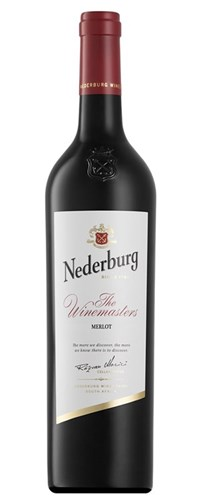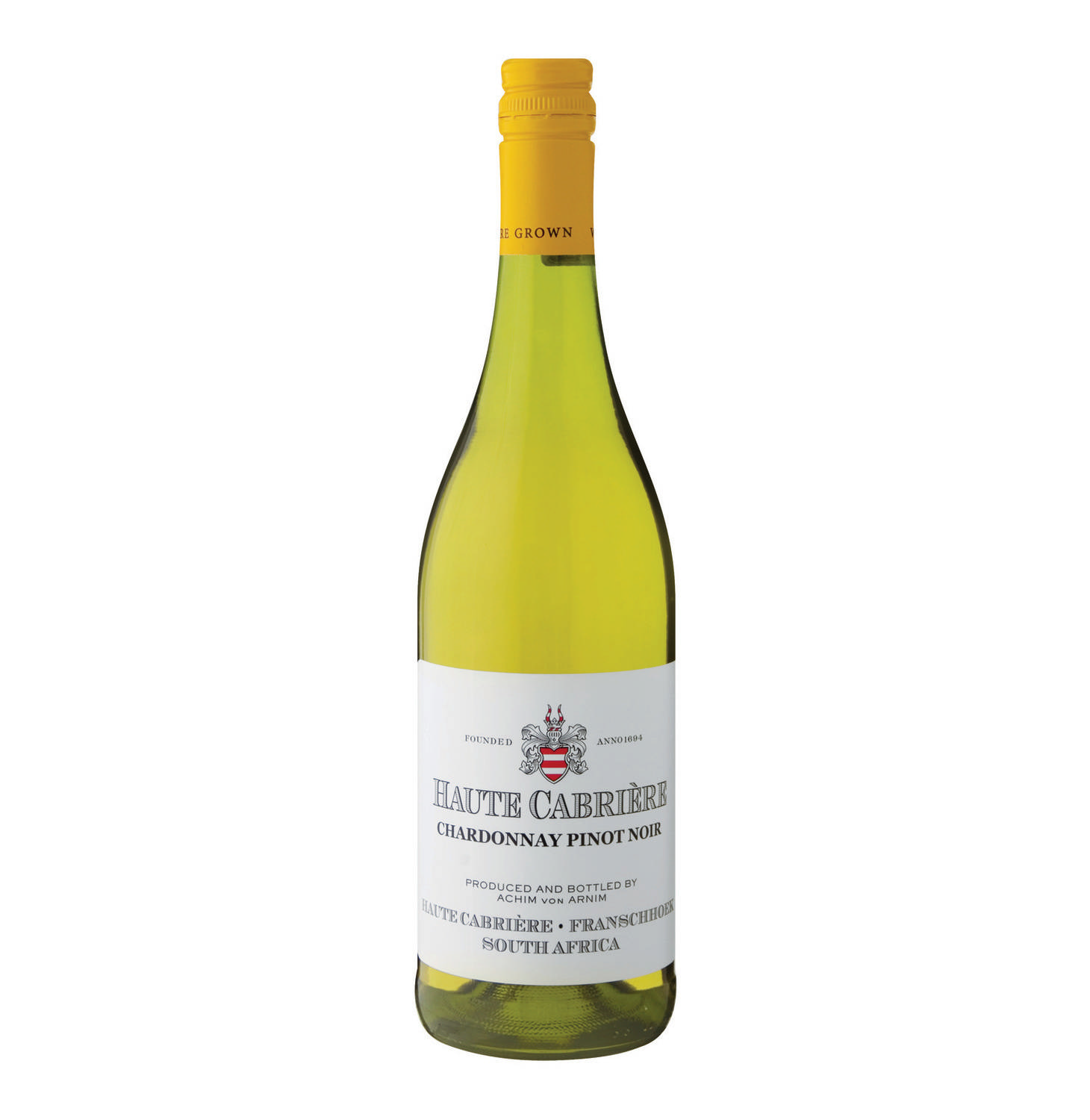Wine Tasting: Stage I — Appearance
 Wine tasting is an ancient art which has become a formal part of wine making since the 14th century. This subtle experience involves the finer human senses like sight, smell and taste.
Wine tasting is an ancient art which has become a formal part of wine making since the 14th century. This subtle experience involves the finer human senses like sight, smell and taste.
There are several stages of wine tasting. The very first thing that a wine taster has to look at is the appearance of the wine. For this, the glass being used has to be absolutely clear and colorless. The table should be perfectly white or a sheet of white paper should be placed on it to give a clear view of the color when you tip the glass over it. The lights in the room also have to be bright to enable you to assess the areas that determine the appearance of a wine.
Type of wine – Wines come in a wide range of colors. White wines are clear wines that vary in color from yellow to gold. Wines that vary from a light red to dark purple in color are called red wines and the ones with a pinkish tinge are the Rose wines. The color therefore, will give you a good indication of the type of wine you taste.
Depth and Opacity – This is another factor that has to be assessed to determine the appearance of a wine. A wine could be very clear and you could see right through it or it could be dark and opaque or even in between these two. The depth of a wine is described as being watery, pale, medium, deep, dark or opaque.
Hue – This term is used in wine tasting to describe the actual color of a wine. A white wine could be greenish yellow, plain yellow, straw yellow, gold or amber. A young red wine could be garnet, ruby, purple-red or blackish purple in color. Older red wines display a brick red hue while some are nearly brown. Rose wines generally vary from pink to salmon and orange. But, whatever the hue, there has to be a consistency all through in the color of a good wine. The very old wines tend to change color along the edges while those that have oxidized and are past their prime turn brown.
Clarity – This is a measure of how clear the wine is. A wine could be very clear or hazy or even cloudy. All sparkling wines are clear. Many very good wines are not filtered so as to retain their original aromas and flavors. These wines are slightly hazy. Some old wines too become hazy due to sedimentation. While this is not harmful it could spoil the taste of the wine. A cloudy wine is generally considered to be flawed.
“Legs” – After the wine is swirled stripes are seen to roll down the sides of the glass. These are called the legs of the wine. This is a measure of the viscosity of the wine. Wines that contain more sugar or alcohol or both like the big, dark red wines are said to have more legs.
These steps complete the first stage of wine tasting that determines the appearance of the wine. Once this is done you can move on to the latter stages to ascertain the quality of the wine
.




